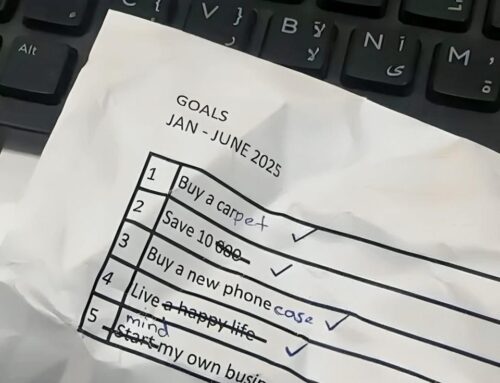Thou shalt plan your day before you get on to your work.
Simple and profound, right? No one would disagree! And since it’s easier said than done, this too goes in cold storage like many other such commandments.
There are practical difficulties, most of which arise from the two basic facts that our mind is not good at remembering the work and the world around us changes too fast. You may not remember what priority for the day is. Or you may decide on one thing, but you may not be sure if that’s the best use of your time or if you are missing something. Or you plan but couldn’t follow it because of a sudden change in priorities.
You will need a robust system behind this to make it work for you! The premise behind this approach to daily planning is that, given the dynamics of today’s business world, it is impossible to follow a tightly planned daily schedule. However, that doesn’t mean that one should not plan, but it means that you have to make a flexible plan for the day so that it doesn’t break with small distractions.
- Make your calendar sparse: Your calendar should contain day/time-sensitive tasks only. These are the appointments, that you couldn’t snooze. So, for example, reading a report is a strict no-no for a calendar.
- Make a to-do list: All the goals and tasks other than what went into the calendar should be put on a to-do list, preferably a digital one. You don’t need anything fancy. A regular spreadsheet app is good enough. The only care you need to take is that just one spreadsheet should be the single version of the truth of your work. You might consider using it from the cloud so that it is available from all places where you could be.
- Weekly planning: Every weekend, you would need to spare 30 to 45 minutes to go over your to-do list and identify the probable candidates for the coming week. You need to be more practical here than wishful.
- Daily planning: Now that you have your sparse calendar and the week-specific to-do list, you are well-equipped to do the daily plan. Your calendar shows you the slots that are already booked for you for the day and which are non-negotiable. You need to find the remaining slots for the work items from your to-do list, factoring in your calendar items, lunch, and other breaks. You would extract the day-specific to-do list, from your week-specific to-do list, based on the time slots you have and the priorities.





